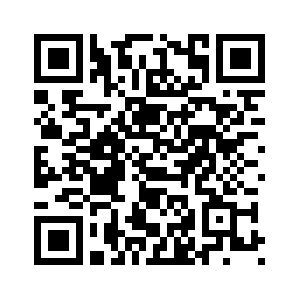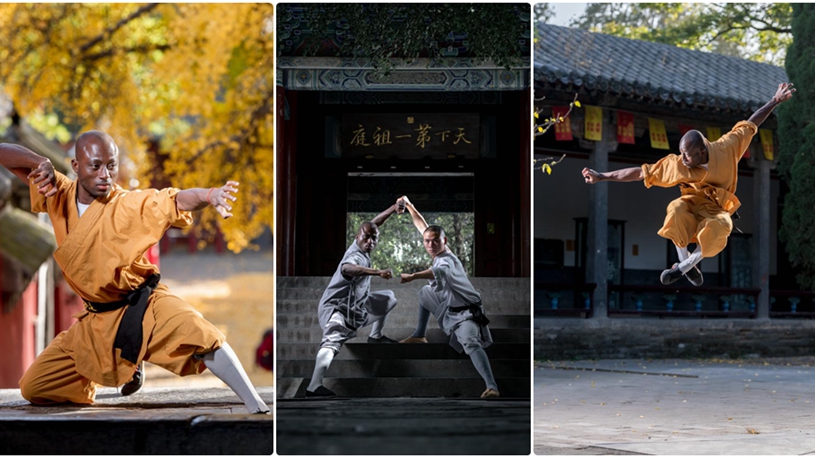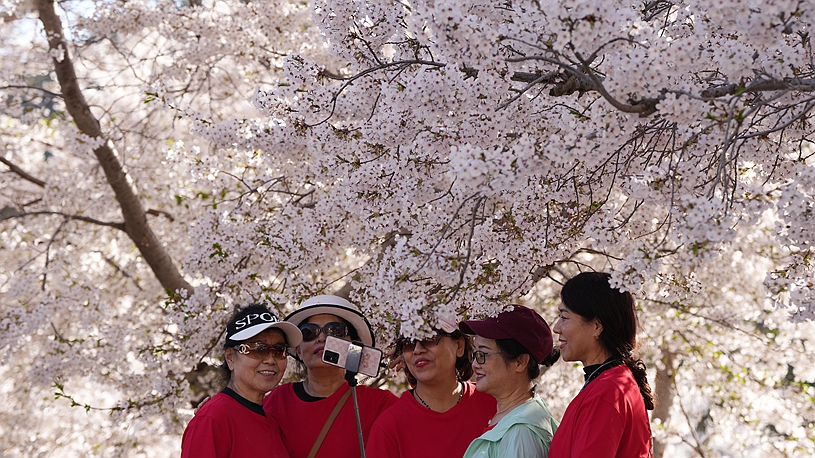HEFEI, April 19 (Xinhua) -- The discovery of a tomb in Anhui Province, east China, will shed light on an ancient civilization that lived in China over 2,200 years ago, according to archaeologists.
Wuwangdun tomb, built in the Warring States period (475 B.C.-221 B.C.), has been recognized as the largest and highest-grade tomb with the most complex structure from the ancient Chu state, that has been so far excavated, according to the National Cultural Heritage Administration.
After a nearly four-year excavation, more than 1,000 cultural relics, including lacquered artifacts, bronze ritual vessels, musical instruments and daily use items, have been extracted from the tomb. Archaeologists have also found and recorded nearly 1,000 written characters.
Concurrent analyses included carbon-14 dating, wood species identification, infrared analysis of the inscriptions, and material and manufacturing studies of the lacquerware and textiles.
"The findings can provide an overall picture of the political, economic, cultural, technological and social conditions of the Chu state in the Warring States period," said Gong Xicheng, a research fellow with the Anhui provincial cultural relics and archaeology institute and head of the Wuwangdun archaeological team.
According to Gong, the tomb was built in a critical period before the feudal state system disintegrated and a unified nation formed. "The findings can help us learn about the historical evolution as well as the formation of a unified nation and its culture," Gong said.
In the view of Shen Hanqing, former chief of Huainan Museum, the findings from the Wuwangdun tomb showed that during the transitional period from the late Warring States period to Qin (221 B.C.-207 B.C.) and Han Dynasties (202 B.C.- 220 A.D.), people in different parts of China were undertaking exchanges with each other. "The core idea as a unified multi-ethnic country has been developing ever since, and now has become the cultural gene of the Chinese people," Shen said.
In recent years, with more multi-disciplinary measures and advanced technologies applied to archaeological research, it is possible for archaeologists to find more information on the same historical relics.
During the excavation of the Wuwangdun tomb, a low-oxygen archaeological laboratory was set up, allowing researchers to work within a safe temporary space while preserving the unearthed items, said Zhang Zhiguo, a researcher with the National Center for Archaeology.
Besides traditional recording measures, the archaeological team used digital scanning, surveying and mapping to collect real-time information on the excavation site. They also created a highly-precise 3D digital model of all layers of the tomb, and extracted over 1,000 characters written on the coffin lid in Chinese ink by using infrared imaging technology.
Zhang noted that currently only about one third of excavation work of the Wuwangdun tomb has been done, with key information including the identity of the tomb owner still yet to be determined.
"The excavation and protection work at the Wuwangdun tomb will be carried out simultaneously, and various scientific and technological measures will be used so that the archaeological value of the tomb will be clearly and comprehensively presented," he said. ■












